Buy the photo On the Spui near the white houses of the Beguinage by Jeroen de Jongh Photography on canvas, ArtFrame, poster and wallpaper, printed on demand in high quality.
About "On the Spui near the white houses of the Beguinage"
by Jeroen de Jongh Photography
About the artwork
The Spui is a street (partly square) in Amsterdam city centre that stretches between the Rokin and the Singel. Halfway along, the Spui is crossed by the Kalverstraat. Just north of the Singel, Spuistraat and Nieuwezijds Voorburgwal converge. The Spui is originally the name of the water that formed the southern border of the city of Amsterdam until 1425 (a spui- or keersluis is a sluice intended to drain inland water and turn back outside water). At the place where this water flowed into the Rokin, the Osche sluice was built as an extension of the Kalverstraat. When the Singel was dug in the late 15th century, the water received a second lock at the Singel, the Boerenverdriet. At the same time as the Nieuwezijds Achterburgwal (Spuistraat) was drained, this part of the Spui to the Singel was drained in 1867. The rest of the Spui was filled in 1882.
The Begijnhof in Amsterdam is the only hofje founded in medieval Amsterdam, located within the Singel. The Amsterdam hofje is almost a metre lower than the rest of the inner city, at the medieval street level. It is unclear when the Begijnhof was founded. The beguines still lived in one house in 1346 (a document from that year speaks of a "beghynhuys"). Only in 1389 is mention made of a court for the first time (in a privilege letter). Originally, the Begijnhof was entirely enclosed by water (the Nieuwezijds Voorburgwal, the Spui and the Begijnensloot) with as its only access a small gate at the Begijnensteeg (with a bridge over the Begijnensloot which was filled up in 1865 due to neglect). The rear facades were thus in the water. The entrance on the Spui has only existed since the 19th century.

About Jeroen de Jongh Photography
I'm Jeroen, and I'll spare you the long introduction. ;) If you're looking for a landscape photo for your wall, you've come to the right place... Read more…
 Germany
Germany Ordered in November 2024
Ordered in November 2024
 Netherlands
Netherlands Ordered in February 2021
Ordered in February 2021
 Germany
Germany Ordered in February 2021
Ordered in February 2021
 Netherlands
Netherlands Ordered in July 2022
Ordered in July 2022
 Germany
Germany Ordered in February 2021
Ordered in February 2021
 Germany
Germany Ordered in June 2019
Ordered in June 2019
 Netherlands
Netherlands Ordered in November 2018
Ordered in November 2018
 Germany
Germany Ordered in November 2022
Ordered in November 2022
 Netherlands
Netherlands Ordered in February 2025
Ordered in February 2025
 Germany
Germany Ordered in January 2025
Ordered in January 2025
 Germany
Germany Ordered in May 2019
Ordered in May 2019
 Germany
Germany Ordered in November 2021
Ordered in November 2021
About the material
ArtFrame™
Interchangeable Art Prints
- High-quality print
- Easily interchangeable
- Acoustic function
- Large sizes available
Discover the artworks of Jeroen de Jongh Photography
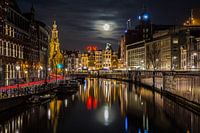 Full moon at the flower marketJeroen de Jongh Photography
Full moon at the flower marketJeroen de Jongh Photography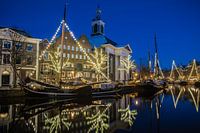 Lange HavenJeroen de Jongh Photography
Lange HavenJeroen de Jongh Photography Scheveningen PierJeroen de Jongh Photography
Scheveningen PierJeroen de Jongh Photography Lighthouse StavorenJeroen de Jongh Photography
Lighthouse StavorenJeroen de Jongh Photography April 25th BridgeJeroen de Jongh Photography
April 25th BridgeJeroen de Jongh Photography OosterdokJeroen de Jongh Photography
OosterdokJeroen de Jongh Photography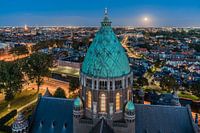 Climb to the lightJeroen de Jongh Photography
Climb to the lightJeroen de Jongh Photography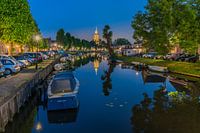 MonnickendamJeroen de Jongh Photography
MonnickendamJeroen de Jongh Photography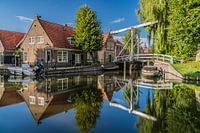 Zonnepad MonnickendamJeroen de Jongh Photography
Zonnepad MonnickendamJeroen de Jongh Photography Mill de Vlinder on a misty morning in the BetuweJeroen de Jongh Photography
Mill de Vlinder on a misty morning in the BetuweJeroen de Jongh Photography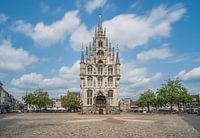 Town Hall of Gouda at the MarketJeroen de Jongh Photography
Town Hall of Gouda at the MarketJeroen de Jongh Photography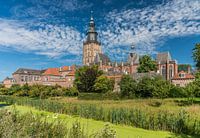 Swans at the skyline of ZutphenJeroen de Jongh Photography
Swans at the skyline of ZutphenJeroen de Jongh Photography Quiet autumn morning in the park of Groeneveld CastleJeroen de Jongh Photography
Quiet autumn morning in the park of Groeneveld CastleJeroen de Jongh Photography Magical sunrise at the Amstelveense PoelJeroen de Jongh Photography
Magical sunrise at the Amstelveense PoelJeroen de Jongh Photography Sunrise in the cherry blossom park of the Amsterdamse BosJeroen de Jongh Photography
Sunrise in the cherry blossom park of the Amsterdamse BosJeroen de Jongh Photography Sunset at the IJmuiden PierJeroen de Jongh Photography
Sunset at the IJmuiden PierJeroen de Jongh Photography Hoorn's Hoofdtoren in the mistJeroen de Jongh Photography
Hoorn's Hoofdtoren in the mistJeroen de Jongh Photography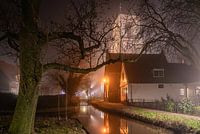 Rocking in foggy RansdorpJeroen de Jongh Photography
Rocking in foggy RansdorpJeroen de Jongh Photography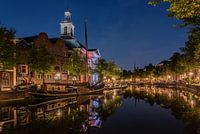 Peace and quiet at Schiedam's Lange HavenJeroen de Jongh Photography
Peace and quiet at Schiedam's Lange HavenJeroen de Jongh Photography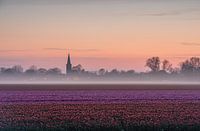 Tulip field, fog bank, church, colourful horizonJeroen de Jongh Photography
Tulip field, fog bank, church, colourful horizonJeroen de Jongh Photography
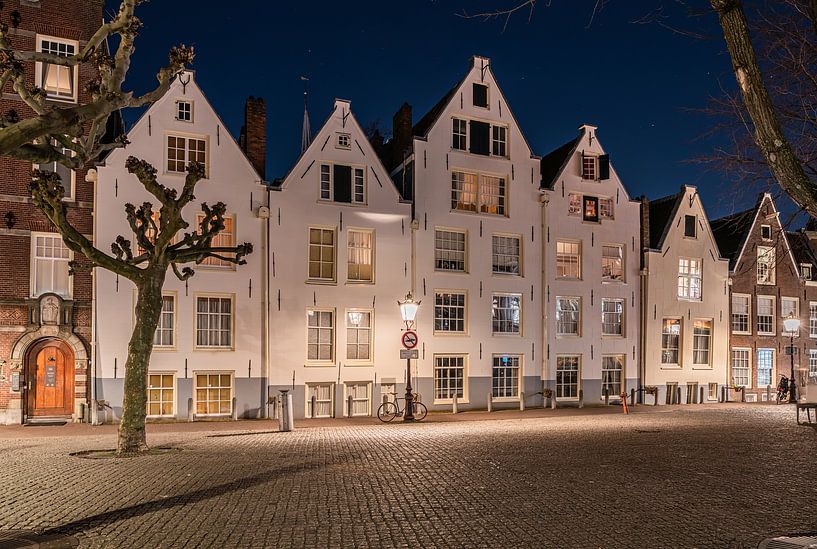












 Amsterdam
Amsterdam Europe
Europe Night photography
Night photography North Holland
North Holland Photo wallpaper
Photo wallpaper Photography
Photography Serene Peace
Serene Peace The Netherlands
The Netherlands Trees
Trees









